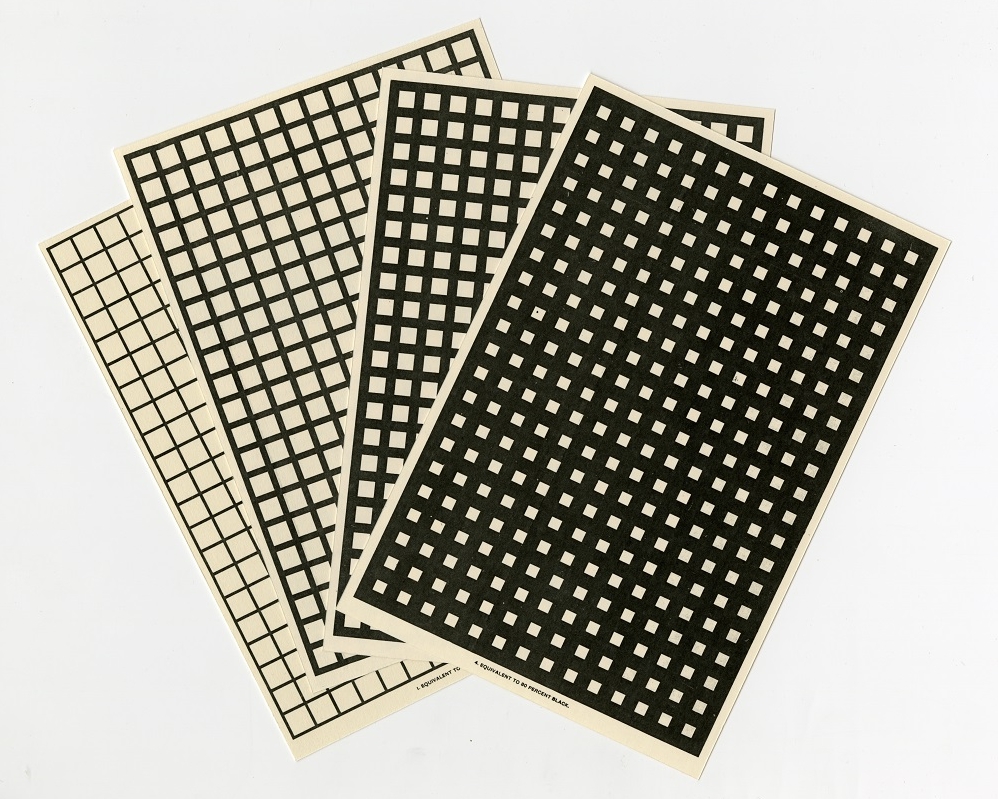Ringelmann Scale on:
[Wikipedia]
[Google]
[Amazon]
 The Ringelmann scale is a scale for measuring the apparent density or
The Ringelmann scale is a scale for measuring the apparent density or
A version from the Solid Fuel Technology Institute
A virtual Ringelmann scale Android app.
{{DEFAULTSORT:Ringelmann Scale Fuel technology
 The Ringelmann scale is a scale for measuring the apparent density or
The Ringelmann scale is a scale for measuring the apparent density or opacity
Opacity or opaque may refer to:
* Impediments to (especially, visible) light:
** Opacities, absorption coefficients
** Opacity (optics), property or degree of blocking the transmission of light
* Metaphors derived from literal optics:
** In lingu ...
of smoke
Smoke is a suspension of airborne particulates and gases emitted when a material undergoes combustion or pyrolysis, together with the quantity of air that is entrainment (engineering), entrained or otherwise mixed into the mass. It is commo ...
.
It was developed by a French professor of agricultural engineering Maximilien Ringelmann
Maximilien Ringelmann (10 December 1861, Paris – 2 May 1931, Paris) was a French professor of agricultural engineering and agronomic engineer who was involved in the scientific testing and development of agricultural machinery.
Ringelmann's i ...
of La Station d'Essais de Machines in Paris
Paris () is the capital and most populous city of France, with an estimated population of 2,165,423 residents in 2019 in an area of more than 105 km² (41 sq mi), making it the 30th most densely populated city in the world in 2020. ...
, who first specified the scale in 1888.
The scale has 5 levels of density inferred from a grid of black lines on a white surface which, if viewed from a distance, merge into known shades of grey. Shade 1 is slightly grey and is usually categorized by air pollution boards as acceptable. It corresponds to an opacity of 20%. Shades 2, 3, 4 and 5 correspond to opacities of 40%, 60%, 80% and 100% (completely black) and are usually considered to be "black smoke" by air pollution boards of most countries.
History
As proposed in 1888, there was no definitive chart, rather, Prof. Ringelmann provided a specification for how to draw them; where smoke level '0' is represented by white, levels '1' to '4' by 10 mm square grids drawn with 1 mm, 2.3 mm, 3.7 mm and 5.5 mm wide lines and level '5' by all black. By 1897, printed cards for the Ringelmann smoke charts were available. They were introduced to the United States in an article published in the '' Engineering News'' of November 11, 1897, with a comment that the author had learned of the Ringelmann scale in a private communication from a Bryan Donkin of London. The article is attributed to William Kent, then associate editor of ''Engineering News''. Kent persistently advocated for use of the Ringelmann scale (cf. ''Steam-boiler economy'', 1901). Kent proposed in 1899 that the Ringelmann scale should be accepted as the standard measure of smoke density in the standard code for power-plant testing that was being formulated by the American Society of Mechanical Engineers. It was subsequently adopted by the Technologic Branch of the U.S. Geological Survey (which later became the U.S. Bureau of Mines) and used to study smokeless combustion in St. Louis in 1904. By 1908, the Technologic Branch was producing copies of the smoke charts for both internal and public distribution. By 1910, it had been accepted by the Massachusetts legislature when writing a smoke ordinance for Boston, Massachusetts. It continues to be used by law-enforcement officers and compliance officials.Versions and uses
A popular version is that published by the U.S. Bureau of Mines in circular 8333 of 1967. The British Standard version of 1969 (BS2742:1969) altered Ringelmann's specification to give a chart similar, on modern paper with modern ink, to the probable appearance of charts produced on earlier, possibly darker, paper, with paler ink. It has since been replaced by BS2742:2009. A four scale version is used by the Hong Kong Marine Department to check smoke emitted by ships. The data obtained has definite limitations. The apparent darkness of a smoke depends upon the concentration of theparticulate matter
Particulates – also known as atmospheric aerosol particles, atmospheric particulate matter, particulate matter (PM) or suspended particulate matter (SPM) – are microscopic particles of solid or liquid matter suspended in the air. The t ...
in the effluent, the size of the particulate, the depth of the smoke column being viewed, and natural lighting conditions such as the direction of the sun relative to the observer while the accuracy of the chart itself depends on the whiteness of the paper and blackness of the ink used.
In use, the observer views the plume at the point of greatest opacity and determines the corresponding Ringelmann Number. A Ringelmann 0, 1, 2, 3, 4 and 5 are equivalent to an opacity of 0, 20, 40, 60, 80 and 100.
Some agencies issue cards that can be compared to the smoke while others use apps on phones.
References
External links
*A version from the Solid Fuel Technology Institute
A virtual Ringelmann scale Android app.
{{DEFAULTSORT:Ringelmann Scale Fuel technology
Scale
Scale or scales may refer to:
Mathematics
* Scale (descriptive set theory), an object defined on a set of points
* Scale (ratio), the ratio of a linear dimension of a model to the corresponding dimension of the original
* Scale factor, a number ...
Scales
Smoke
1888 introductions